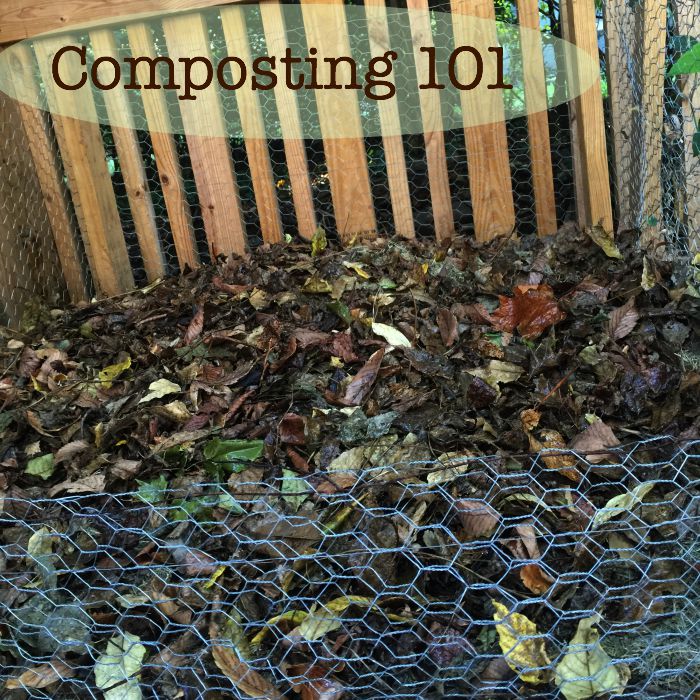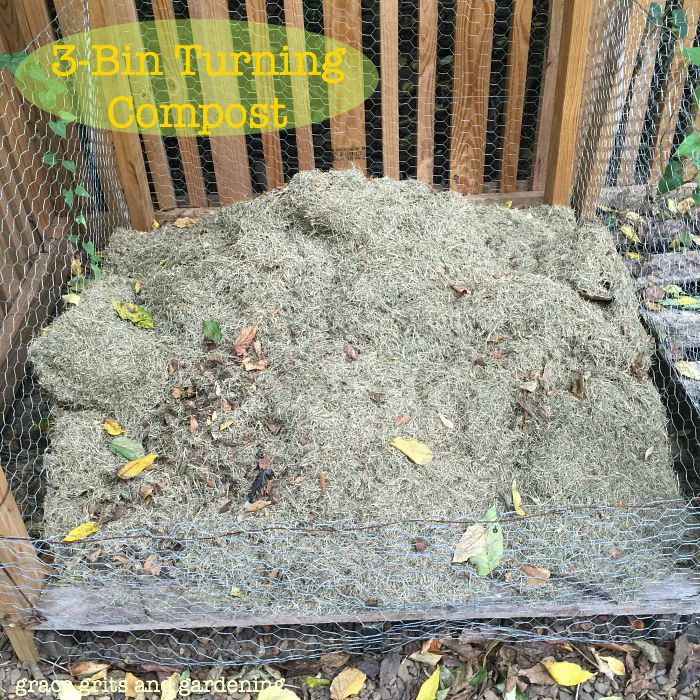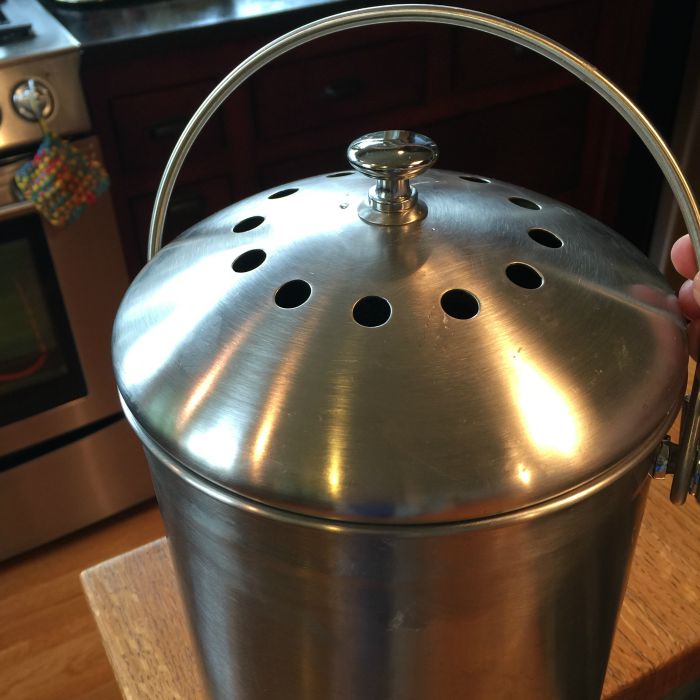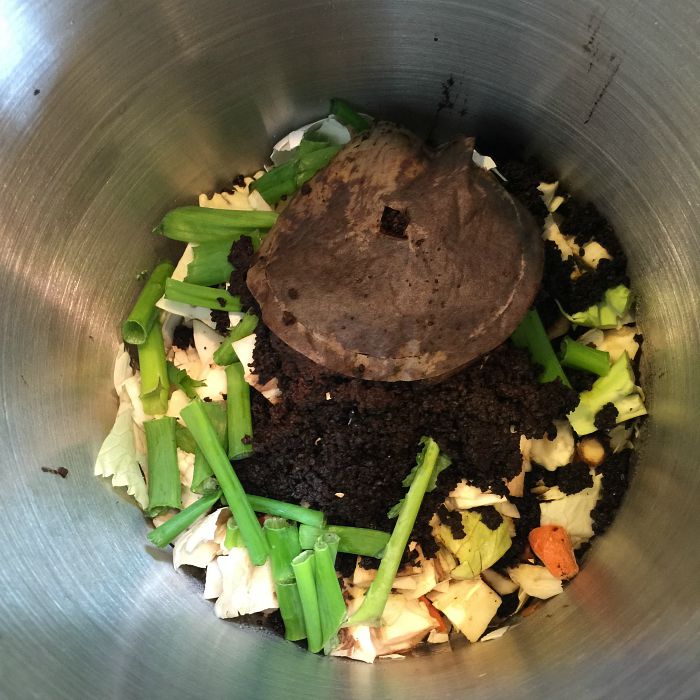
Take a look at my compost. I based it on the “3-bin turning unit” method of design I learned about from Berni Kurz (Chair of the Washington County Cooperative Extension Service at the University of Arkansas). And by the way, get to know the folks at your extension service. These specialists provide a sort of gardening hotline for your planting zone and are willing and available to answer gardening, soil, composting questions. They get excited when you ask them about grub worms or carpenter bees. I know from experience.
The U of A Department of Agriculture publishes a series of on-line informational pamphlets about all sorts of topics including a detailed How-To on building your own 3-bin compost with materials and measurements and everything you ever wanted to know. Although their design was our inspiration, ours is made using wood pallets on the bottom and chicken wire all around. The most important thing is to keep the size of each bin around 3 ft x 3 ft for easiest handling.
Now that we have Bermuda grass and clippings, here’s what I’ve done so far. The bottom layer of my compost is carbon matter (i.e. decayed leaves). Next is a layer of grass and green kitchen waste.
I haven’t added a layer of manure (as recommended by U of A Extension Office), but I did add a layer of Blood Meal. Blood Meal adds nitrogen, and nitrogen helps jump start the microbes responsible for breaking down organic matter.
I highly recommend this Epica stainless composting bin for holding kitchen waste. (American made by a family-owned company.) We eat lots of fresh vegetables, and this under sink compost bin is perfect. It stores an entire gallon of kitchen scraps with no smells in the kitchen (thanks to the carbon filter in the lid).
In addition to vegetables, I include crushed egg shells, coffee grounds, used coffee filter and tea bags. By the way, worms love coffee grounds, and your garden loves worms. (Don’t include whole eggs, fish scraps, cooking grease, dishwashing soap. Other no-no items listed HERE.)
The idea behind the 3-bin system of composting is to completely fill one bin with layers of material, as the matter breaks down, flip it into the next bin, and a few weeks later, into the third bin. Compost will be created in a very short period of time. I don’t have enough material to fill an entire bin at one time, so I’m just going rogue and doing my own thing, layering material as I can. I’ve done it before, and it will do fine. The thing to remember is to keep your compost damp, bury the kitchen scraps to keep away critters, and let nature do it’s thing.
Before long, I’ll have rich, healthy compost for my garden. Magic.In.The.Decay.
Grace Grits and Gardening
Farm. Food. Garden. Life.
[tweetthis]There’s magic in the decay – #composting 101 @UAEX_edu @OrganicLifeMag #gardenchat[/tweetthis]
Musical Pairing:
Elvis Presley, My Way












Good for you! I used to compost and it was exciting and rewarding.
I wonder if we could build one under our deck. I can walk under it. Right now it’s a no man’s land of ferns, hosta and weeds. Think I’ll ask our extension service and see if TJ is interested. I love the idea.
Yes, as long as you can easily access it, that sounds like a good spot for one.